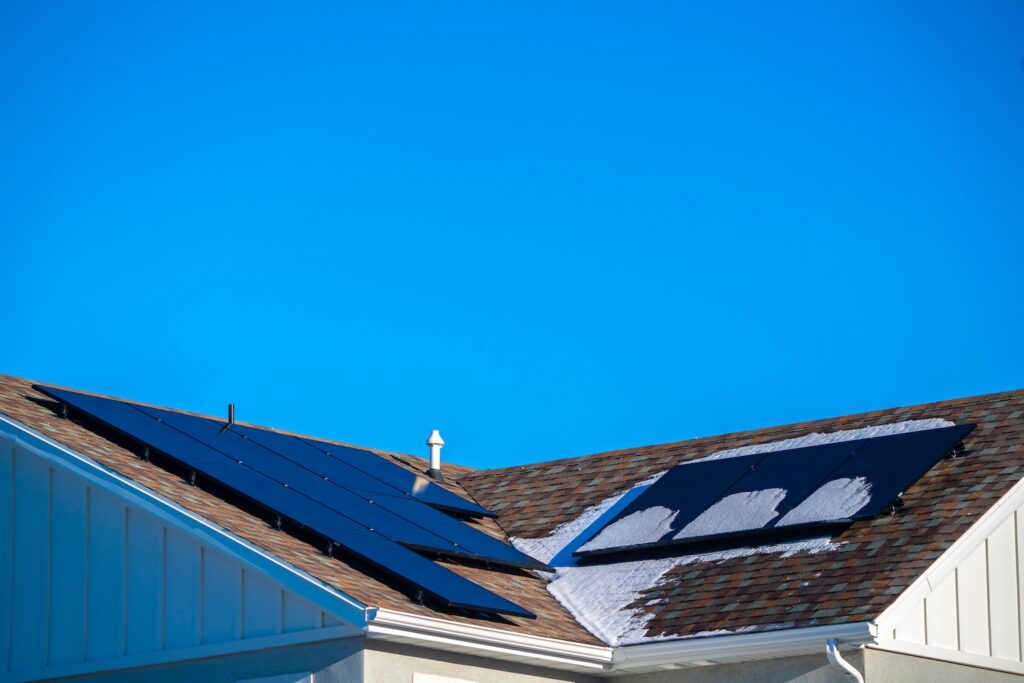
As winter sets in, the efficiency of solar power systems can be affected by various factors such as reduced sunlight hours, snow accumulation on solar panels, and colder temperatures. This topic could explore the challenges associated with harnessing solar energy during the winter season and discuss innovative solutions and technologies aimed at optimizing solar power generation in cold climates. It could also cover advancements in snow-resistant solar panels, tracking systems to maximize sunlight exposure, and energy storage solutions to address the intermittent nature of sunlight during shorter days. In this article, we explore the winter solar power challenges and the cutting-edge solutions paving the way for a more resilient solar future.
1. The Winter Solar Challenge: Reduced Sunlight Hours
Winter days bring shorter daylight hours, reducing the time solar panels have to capture sunlight. This challenge can lead to a decline in energy production. To overcome this, advanced tracking systems are being employed. These systems allow solar panels to follow the sun’s trajectory, maximizing exposure and energy capture throughout the day.
2. Snow Accumulation: Blocking the Sun's Rays
Snow-covered solar panels are a common sight in winter, limiting their efficiency. This challenge is being tackled with snow-resistant solar panels designed to minimize snow accumulation. Additionally, tilt angles of panels can be adjusted to encourage snow to slide off, ensuring optimal sunlight absorption.
3. Cold Temperature Impact: Understanding the Efficiency Drop
Solar panels often experience a decrease in efficiency as temperatures drop. Cold weather impacts the conductivity of materials, affecting the overall performance. To address this, researchers are developing materials that maintain efficiency even in freezing conditions, ensuring consistent energy production during winter.
4. Energy Storage Solutions: Battling Intermittent Sunlight
Winter brings not only shorter days but also intermittent sunlight due to clouds and weather variations. Energy storage solutions, such as advanced batteries, play a crucial role in storing excess energy generated during peak sunlight hours. This stored energy can then be utilized during periods of low sunlight, ensuring a continuous power supply.
5. Community Solar Initiatives: Strength in Numbers
Communities are coming together to face winter solar challenges collectively. Community solar initiatives involve shared solar projects, allowing residents to benefit from solar energy even if they cannot install panels on their properties. These initiatives enhance efficiency by optimizing large-scale solar installations and sharing the energy produced.
6. Government Incentives: Encouraging Winter Solar Adoption
Governments are recognizing the importance of winter solar power and are offering incentives to encourage its adoption. Tax credits, rebates, and subsidies make solar installations more financially viable, prompting individuals and businesses to invest in solar technology.
While winter poses challenges for solar power generation, the industry is responding with innovative solutions to keep the lights on even in the coldest months. From advanced tracking systems to snow-resistant panels and energy storage solutions, the future of winter solar power looks promising. As we navigate towards a sustainable future, overcoming winter challenges in solar energy is a crucial step in ensuring a consistent and eco-friendly power supply year-round. Embrace the advancements, harness the power of winter sunlight, and contribute to a greener tomorrow.
Furthermore, if you aim to further decrease your energy costs, especially in this winter season, contact Neeeco to help you install your solar panels.
